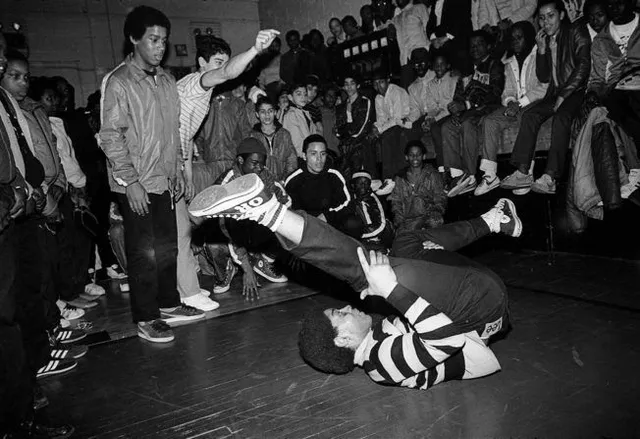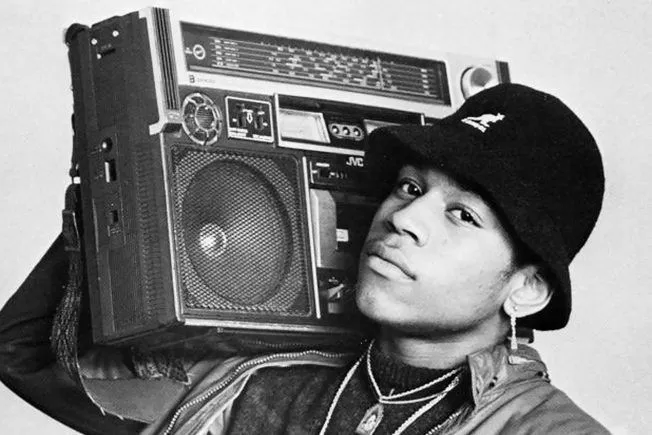The evolution of hip-hop has transformed not just music, but also language, fashion, politics, and identity in the United States. What started as a form of street expression in the Bronx during the 1970s has now grown into a global phenomenon. Hip-hop is more than a genre—it’s a culture, a voice, and a force that has shaped generations.
In this article, we’ll take a deep look at how hip-hop evolved over the decades, how it influenced American culture, and why it remains one of the most powerful movements in music and society today.
The Birth of Hip-Hop in the Bronx (1970s)
Hip-hop was born in the early 1970s in the South Bronx, New York. At that time, the area was struggling with poverty, crime, and lack of opportunity. Many young people felt unheard, and hip-hop became their outlet.
The founding elements of hip-hop—DJing, MCing (rapping), breakdancing, and graffiti art—were all forms of creative expression for inner-city youth. DJ Kool Herc, often called the “father of hip-hop,” started spinning records at block parties. He used two turntables to extend the instrumental breaks of songs, which allowed dancers, known as B-boys and B-girls, to show off their moves.
From these parties, MCs began to rap over beats, telling stories of struggle, pride, and resistance. Graffiti artists turned subway trains and buildings into colorful murals, sharing messages of survival and identity. These four elements formed the core of what we now call hip-hop culture.
Golden Age of Hip-Hop (1980s–Early 1990s)
The 1980s are often called the Golden Age of Hip-Hop. During this time, hip-hop started gaining national attention. Artists like Run-D.M.C., LL Cool J, Public Enemy, and N.W.A. pushed boundaries with new styles, lyrics, and messages.
- Run-D.M.C. brought hip-hop to the mainstream with hits like “Walk This Way” (a collaboration with Aerosmith).
- Public Enemy used their music to speak against racism, inequality, and police brutality.
- N.W.A., hailing from Compton, California, introduced “gangsta rap” with raw depictions of life in the inner city.
This era introduced socially conscious lyrics and made hip-hop a powerful platform for political and cultural expression. MTV started playing hip-hop music videos, helping the genre reach new audiences across the country.
Commercial Success and Expansion (1990s)
By the 1990s, hip-hop had fully entered the mainstream. It wasn’t just music anymore—it was influencing fashion, film, language, and more.
Major labels signed hip-hop artists, and acts like Tupac Shakur, The Notorious B.I.G., Nas, Jay-Z, and Missy Elliott dominated the charts.
This decade saw the rise of two major styles:
- East Coast Hip-Hop, known for lyrical complexity and storytelling.
- West Coast Hip-Hop, known for funk-inspired beats and street-oriented themes.
The rivalry between East Coast and West Coast artists, sadly, led to violence, including the deaths of Tupac and Biggie, two of the genre’s biggest icons. Despite these tragedies, the music continued to evolve, and hip-hop kept growing.

Hip-Hop Becomes Pop Culture (2000s–2010s)
In the 2000s, hip-hop wasn’t just a genre—it was pop culture.
Artists like Eminem, Kanye West, Lil Wayne, OutKast, Nicki Minaj, and Drake brought new flavors and voices to the scene. Production styles shifted, with a stronger focus on melody, hooks, and electronic beats.
Fashion trends like baggy jeans, snapbacks, oversized shirts, and later, designer streetwear became symbols of hip-hop influence. Words and slang from rap songs—like “bling,” “YOLO,” and “crunk”—entered everyday language.
Brands like Nike, Adidas, and Supreme collaborated with hip-hop artists, merging streetwear with luxury. Films like 8 Mile and TV shows like Empire showed how deeply hip-hop had entered American storytelling.
This was also the era where hip-hop entrepreneurship flourished. Artists launched record labels, clothing lines, and liquor brands, proving that hip-hop was as much about business as it was about beats.
Digital Age and Global Influence (2010s–Present)
In the streaming era, hip-hop became the most consumed music genre in the U.S. Platforms like Spotify, YouTube, SoundCloud, and TikTok have helped new artists gain fame without major label backing.
Rappers like Kendrick Lamar, Travis Scott, Cardi B, Megan Thee Stallion, and Tyler, The Creator have taken hip-hop in bold new directions—lyrically, visually, and culturally.
Kendrick Lamar won the Pulitzer Prize in 2018 for his album DAMN., a first for a rapper. His music addresses race, identity, and resilience in modern America.
Social media allowed fans to connect directly with artists. It also helped highlight underground and independent hip-hop, empowering creators from different backgrounds to share their stories.
Hip-hop is now global. From Korea’s K-hip-hop to French rap and African trap, artists around the world are adapting and contributing to the culture.

Cultural Impact of Hip-Hop in the U.S.
1. Voice for the Marginalized
Hip-hop gave a platform to Black and Latino communities who were often ignored in mainstream media. It allowed them to share their realities, hopes, and frustrations. Over time, it also became a tool for addressing mental health, identity, and trauma.
2. Political and Social Change
From Public Enemy’s fight against systemic injustice to Kendrick Lamar’s powerful protest anthems, hip-hop has been central to movements like Black Lives Matter.
Lyrics continue to challenge authority, question power, and inspire change. Artists regularly speak out on police brutality, voting rights, education, and inequality.
3. Influence on Fashion and Lifestyle
Hip-hop culture set trends that influenced the entire fashion industry:
- Streetwear becoming high fashion
- Sneakers turning into luxury collectibles
- Logos, chains, grills, and bold colors dominating red carpets
Even non-hip-hop fans recognize the cultural aesthetics that come from the genre.
4. Language and Slang
From “dope” and “lit” to “woke” and “flex,” hip-hop has had a major impact on American English. Rappers introduced words that now appear in dictionaries, TV scripts, and corporate branding.
5. Business and Branding
Hip-hop artists showed how to build brands and control narratives. Jay-Z went from rapper to billionaire entrepreneur. Rihanna (with her hip-hop roots) launched Fenty, disrupting the beauty industry. These moves redefined what success looks like for Black artists in America.
Challenges in Hip-Hop
Despite its success, hip-hop faces criticism:
- Violent lyrics and imagery
- Gender inequality (lack of female representation and misogynistic content)
- Commercialization (some argue it lost its original message)
Still, hip-hop has the unique ability to self-correct. New generations of artists often push back against old norms, promoting unity, mental health awareness, and respect.
The Future of Hip-Hop
Hip-hop continues to evolve. AI-generated beats, virtual concerts, and global collaborations show that the genre is adapting with technology and expanding beyond borders.
More importantly, the message of hip-hop—freedom of expression, resilience, and authenticity—remains the same.
Whether it’s a 12-year-old freestyling on TikTok or a Grammy-winning artist headlining Coachella, hip-hop continues to be the heartbeat of youth culture.
Conclusion: Hip-Hop is More Than Music
The evolution of hip-hop shows how a small cultural movement from the Bronx became one of the most powerful global forces. It shaped American identity, challenged injustice, and gave voice to the voiceless.
It’s not just about beats and rhymes. Hip-hop is about life, expression, struggle, and victory. Its cultural impact in the U.S. is lasting—and its future is still being written, one verse at a time.
Read Next – Why American Book Clubs Are Thriving Again






